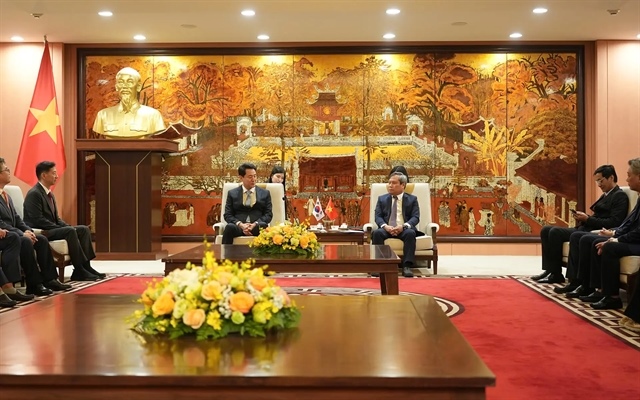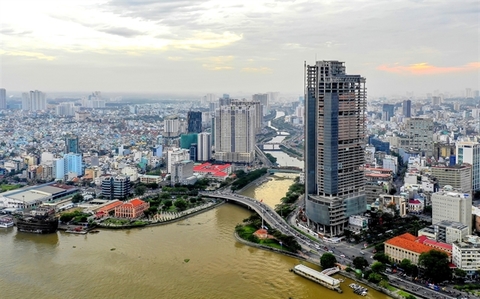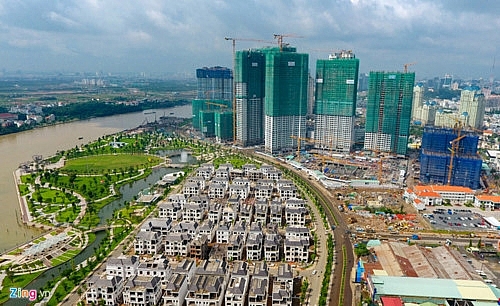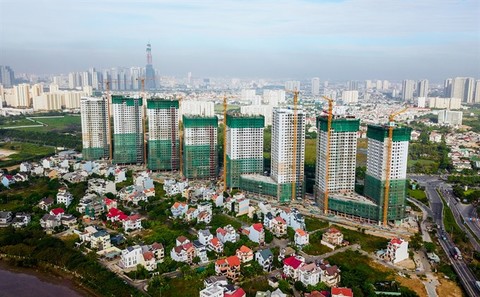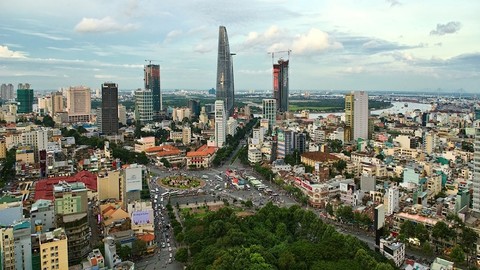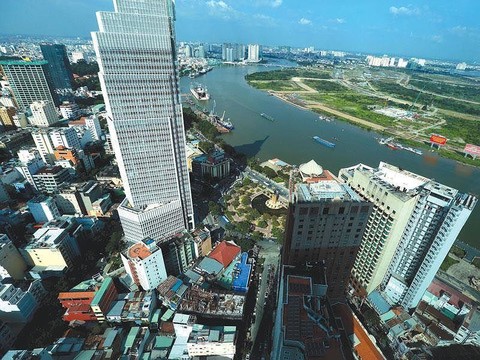Ho Tram to cement its status in 2018
Ho Tram to cement its status in 2018
Michael Kelly, executive chairman of Asian Coast Development Ltd. (ACDL), the developer of the Ho Tram Strip project in the southern province of Ba Ria-Vung Tau, spoke to VIR’s Hoang Anh about the prospects of the largest US-invested tourism project in Vietnam in the year ahead.
As we head into Tet, it is a good time to look forward and to look back. What were some of the highlights of the Year of the Rooster for you?
2017 was a tremendous year for us. It was a year where we firmly positioned ourselves as Vietnam’s entertainment capital, where we invested constantly in our offerings to guests. Just after Tet last year, we started seeing guests race down Vietnam’s tallest waterslide, and we will close our lunar year with yet another one of Vietnam’s top performers appearing in our Sound Waves series. We unveiled an incredible fountain show with the fountains of Ho Tram dazzling guests nightly. It was certainly a year to remember for The Grand.
Meanwhile, the entire Ho Tram Strip was abuzz with activity as we invested in our project throughout the year. We topped out our second resort – The Beach Club. We broke ground on our condotel and villa development, Kahuna Ho Tram Strip. We also began the process of developing our own clean and green power plant that will fuel our entire site in the years ahead. And across the road, we have started a major project upgrade to Vietnam’s top golf course, The Bluffs, which Golf Digest currently rates as the 35th-best course in the world.
All this has certainly not gone unnoticed, with a flurry of awards heading our way, all offering testament to efforts we have made to not just develop our site, but to set a new standard for Vietnamese leisure tourism.
And with the Year of the Dog about to kick off, what can we expect from Ho Tram?
The rooster crowed last year, and the dog will bark this year!
2018 will see the opening of The Beach Club, which will add 559 rooms to our site, bringing us to a total of 1,100. We are already plotting an incredible launch for that, so stay tuned for one of the parties of the year there. Because if that isn’t the party of the year for Vietnam, the Ho Tram Players Championship probably will be. After setting a new bar for Asian Tour Tournaments when we last invited the world’s top players to Vietnam, we are looking to raise it once again this year when The Bluffs welcomes the Asian Tour back for December’s Ho Tram Players Championship.
Kahuna will continue to rise from the sands of Ho Tram this year, ahead of handovers in 2019. If all goes well, we should also kick off work within the Year of the Dog on a charter airport just 15 minutes from our site, offering visitors from the world the chance to experience all that our project, the province, and this nation has to offer.
The Vietnamese government has been more open for casino-related business, what is your expectation for the industry growth in 2018?
We have worked extremely closely with the Vietnamese government around reforms to the gaming industry, and will certainly continue to do so. As it stands, we are the only project in Vietnam ready, willing, and able to start welcoming Vietnamese guests to our property, in line with last year’s decree that allowed them to do so.
As a foreign investor in hospitality, what is your impression on the potential of Vietnam’s hospitality sector and what should the government do to attract more foreign investment into this field?
Certainly the Vietnamese government has made positive steps that are paying off in terms of visitor numbers. The country has announced that 2017 logged record visitor numbers, with 12.9 million international travelers coming to Vietnam, an increase of 29 percent over the year before. This has typically been a direct result of easing of visa processes – removing visas from countries has brought almost instant spikes in their visitation, and we would support the further liberalisation of these policies.
From an investor viewpoint, it once again circles back to the need to provide smooth procedures for development, whether that is in terms of land usage, construction approvals, or the general reduction in red tape. There is still significant scope for improvement here. Finally, once a project is operational, the sustained support for a level playing field for an investor to operate is crucial to the success of the project, and, in the longer term, to the nation’s reputation and ability to attract further investment in the future.





